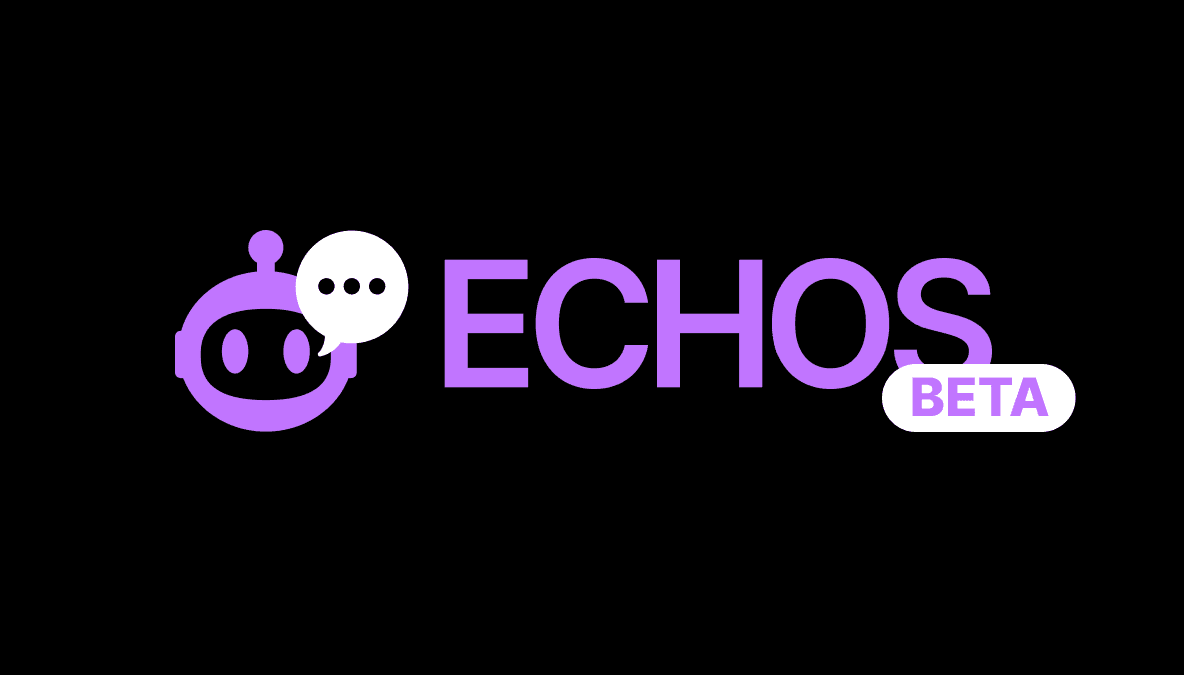
What you need to know about Stride adopting ICS
Jun 13, 2023
· 4 min read
Overview
On June 13th, Cosmos Hub proposal 799 appeared onchain. The proposal aims to onboard the Stride blockchain for interchain security (ICS). Cosmos Hub governance has already established social consensus around this idea, so it’s safe to say proposal 799 will pass.
Once the proposal passes, it will fix July 19th as the date on which Stride formally transitions to ICS. On this date, block production for the Stride blockchain will be handed over from Stride’s validator set to Cosmos Hub’s validator set. This means the Stride blockchain will no longer be economically secured by staked STRD, but by staked ATOM instead. The main motivation for adopting ICS is that it will give Stride the same economic security as Cosmos Hub, namely $2.3 billion. This will be a roughly 100x increase from Stride’s current economic security.
As a Cosmos Hub partner chain, Stride will remain a sovereign blockchain, governed by the STRD token. And STRD will still earn a staking reward.
This blog post discusses what will change and what will stay the same. It is written for a non-technical audience, so that all Stride users can fully understand what Stride’s transition to ICS means for them.
The STRD token
STRD is the governance token of the Stride blockchain. Once ICS is adopted, STRD will continue to have utility on Stride.
Users will still be able to stake STRD to receive staking rewards, which consist of STRD as well as staking rewards collected from liquid staked tokens. Furthermore, staked STRD will still be able to vote in onchain governance, for things such as: host-chain validator selection, community spend proposals, chain upgrades, and so on.
If you’re staking STRD, nothing will change. Your STRD will remain staked with your validator / governor, you will continue receiving staking rewards, and you will still be able to vote in governance. The unstaking period of fourteen days will remain, and validators / governors will still have the option of charging a commission.
One thing that will change is slashing. Since validators / governors will no longer be producing blocks on the Stride blockchain, STRD slashing will no longer be necessary. So STRD slashing will be removed.
Staking rewards
As part of the transition to ICS, STRD stakers voted to reduce STRD emitted as staking rewards by 50%. This helps make the Stride blockchain more sustainable. Another change is that 15% of STRD staking rewards will be shared with Cosmos Hub. To fully understand the significance of both these changes, let’s briefly review part of the STRD tokenomics.
STRD has a hard cap of 100M tokens. According to the original tokenomics, in the first year 2,608,200 STRD is emitted as staking rewards. As part of Stride’s transition to ICS, that figure will be reduced by half, to 1,304,100 STRD annualized. This reduction will be implemented in a preparatory chain upgrade prior to the transition to ICS.
The other part of the STRD staking reward is staking rewards collected from liquid staked tokens. In prop 8, STRD stakers voted to include all staking rewards collected in the STRD staking reward. Stride protocol collects 10% of the staking rewards of all liquid staked tokens. With a TVL of $36M and a blended staking reward rate of 21% APR, the Stride protocol is currently collecting $756,000 annualized (data from June 7th). This is collected and distributed in the form of various tokens, such as stATOM, stOSMO, stINJ, and so on.
For the sake of transparency, let’s model what effect Stride’s transition to ICS will have on the STRD staking reward. This table uses data from June 7th to simulate the effect of 1) reducing the staking rewards from emitted STRD by 50% and 2) sharing 15% of staking rewards with Cosmos Hub.

To reiterate, the above table uses data from June 7th to simulate upcoming changes. It does not include the addition to Stride’s TVL of the 450K ATOM that Cosmos Hub plans to provide as liquidity in an stATOM/ATOM pool. In fact, it doesn’t account for any TVL growth between now and Stride’s adoption of ICS on July 19th.
Stride validators / governors
After adopting ICS, the Stride blockchain will still have its own set of one-hundred validators, but they will be called “governors.” Governors will no longer have to run a Stride blockchain node, since block production will be outsourced to Cosmos Hub validators. However, since there will only be one-hundred governors, most governors will likely want to continue supporting the Stride blockchain in order to attract STRD delegations. Governors may want to continue running relayers, maintaining public RPC endpoints, providing public data analytics, producing educational content about Stride, and so on.
Users will still stake their STRD with governors. Governors will still be able to vote on behalf of delegates, and will still have the option of charging a commission. As discussed above, STRD slashing will be removed. If a governor falls out of the active set of one-hundred governors, he will crease to receive staking rewards.
When the transition to ICS takes place, all existing validators will become governors, and all their STRD delegations will remain.
Liquid staking, IBCing, Airdrops
After Stride’s transition to ICS, liquid staking on the Stride blockchain, IBCing to and from Stride, and claiming airdrops on Stride will all remain exactly the same.
Final thoughts
As a reminder, the main purpose for transitioning to interchain security is to increase the economic security of the Stride blockchain. Economic security will increase from roughly $25 million to about $2.3 billion, making the Stride blockchain far more resilient against economic attacks. This will likely give whales, DAOs, and institutions further confidence in Stride, and lead to greater use of Stride’s liquid staking throughout the Cosmos.
For more information about Stride joining the ATOM Economic Zone and adopting interchain security, read the full Cosmos Hub forum post here.



